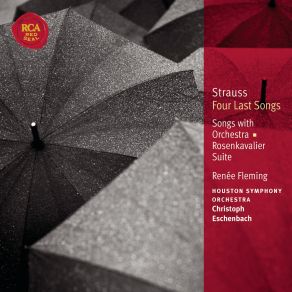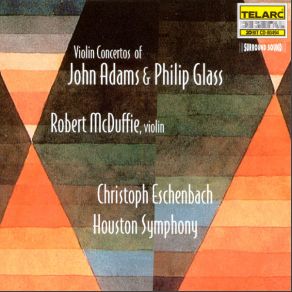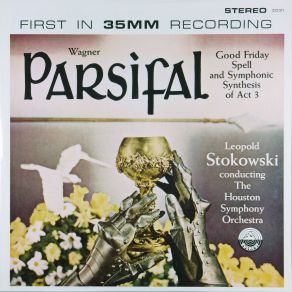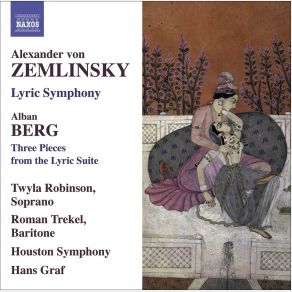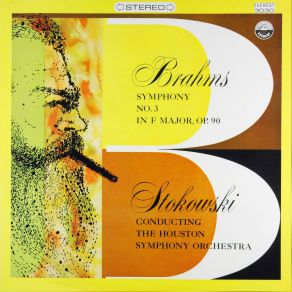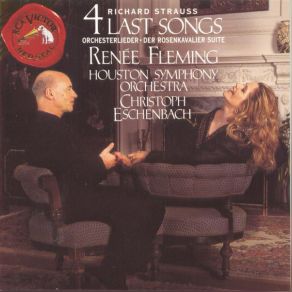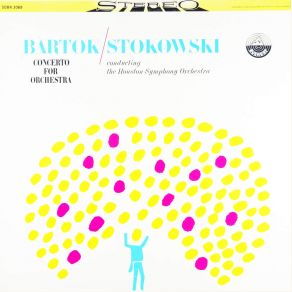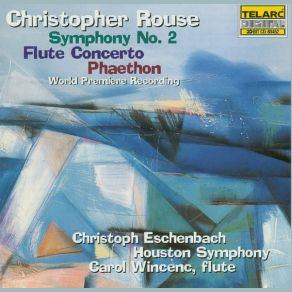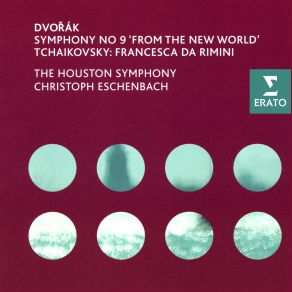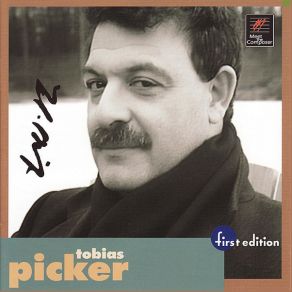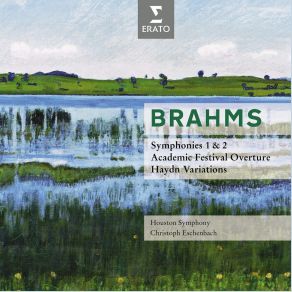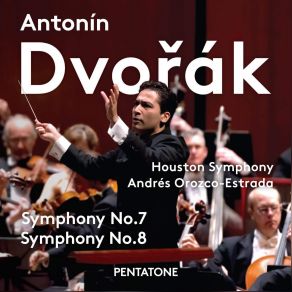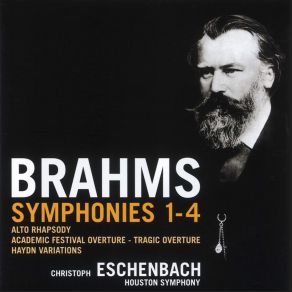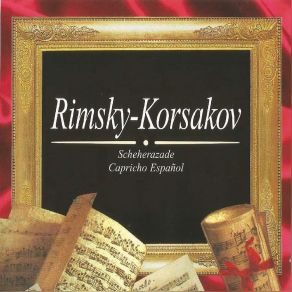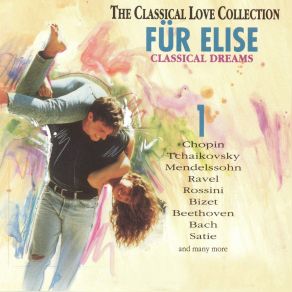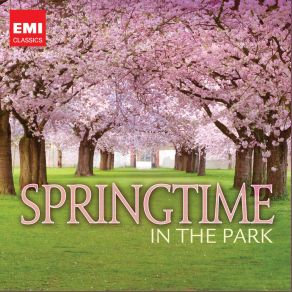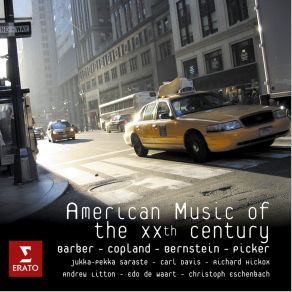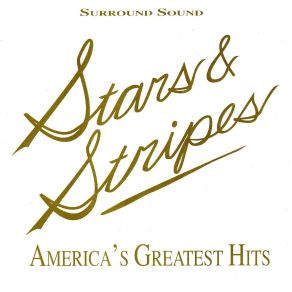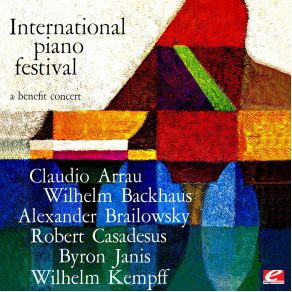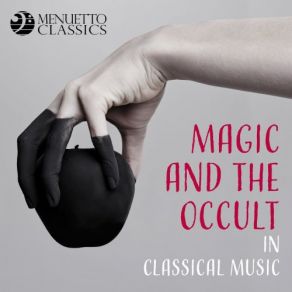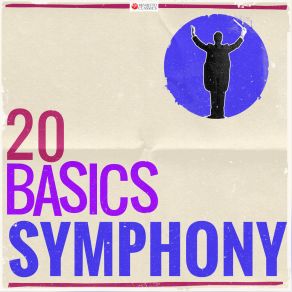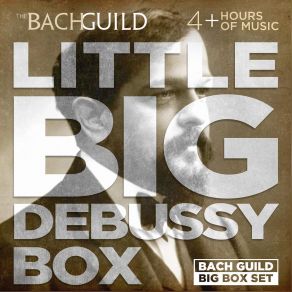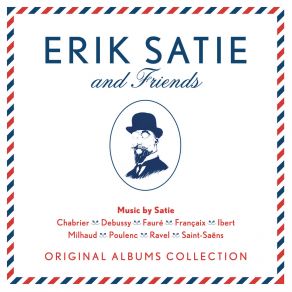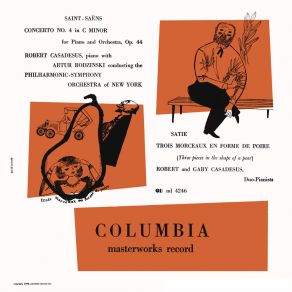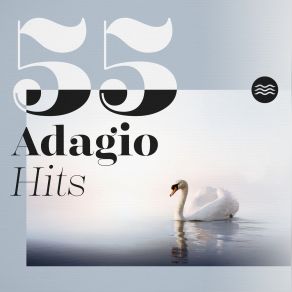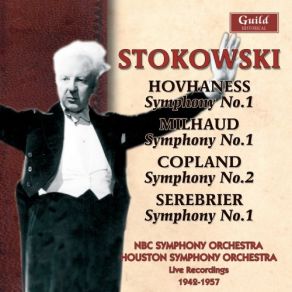Houston Symphony Orchestra
Wikimp3 information about the music of Houston Symphony Orchestra. On our website we have 39 albums and 18 collections of artist Houston Symphony Orchestra. You can find useful information and download songs of this artist.
Biography
[Edit]Houston, Texas, is one of the major port cities of the United States (despite being several dozen miles away from the Gulf of Mexico and connected to it only by bayous and canals), a center of the U.S. petroleum industry, and the headquarters of the American space agency, NASA. The city's "can do" spirit shows itself in the interrupted history of what grew from a small, nearly amateur, orchestra to one of the best in the U.S.
The person who is most responsible for the birth, rebirth, and development of the Houston Symphony Orchestra was a remarkable woman named Ima Hogg. She was the spark plug of a group of civic leaders in 1913 who formed a Symphony Society to establish a regular local orchestra. Until then, Houston had relied on touring orchestras to fill its taste for symphonic music.
In the beginning, it was an ill-paid group of part-time players. Accounts differ as to how large a group and how ill-paid: the authoritative New Grove Dictionary says there were 35 musicians paid from an annual budget of $1,500 while the orchestra's own publicity says there were 33 with a budget of $2,500. At any rate, the orchestra was not paid well enough to survive World War I. The first conductor was Julian Paul Blitz (1913-1916), who was succeeded by Paul Berge who led the ensemble until it disbanded in 1918.
However, Hogg's organization remained in existence, and it increased sponsorship and regular appearances of several American orchestras in the city.
The Depression era might have seemed a poor time to try again, but a new orchestra was formed in 1930. (The orchestra officially observes 1913 as its birth year.) It held on, despite the country's financial problems, under the musical leadership of Uriel Nespoli (1931-1932) and Frank St. Leger (1932-1935).
The orchestra was transformed into a fully professional orchestra by Music Director Ernst Hoffman (1936-1947) and attained high standards, which were still more improved by his successor Efrem Kurtz (1948-1954). Kurtz introduced Houston to some of the finest new music of the era, including works of Ives, Honegger, Bartók, and Shostakovich.
The orchestra has continued a policy of hiring well-known and established musicians as music director. Ferenc Fricsay served briefly in 1954, followed by Leopold Stokowski (1955-1961) and Sir John Barbirolli (1961-1967). The next director, André Previn (1967-1969) was only beginning his stellar conducting career, but already had been a major jazz and popular pianist for a decade. Then Lawrence Foster (1971-1978), Sergiu Comissiona (1979-1988) and Christoph Eschenbach (1988-1999) continued the Symphony's consistent artistic growth. Since the days of Kurtz and Stokowski, the HSO has continued its support for newer music. Hans Graf was appointed music director in 2000.
It obtained its current home, Jesse Jones Hall, in 1966. Ima Hogg continued to exercise her leadership until her death in 1975. By that time, the orchestra had become (in 1971) a full-time, 52-week orchestra and become acclaimed as one of America's finest. It plays over 200 concerts annually, records frequently, and has a radio program on Houston Public Radio.
A sub-ensemble, the Houston Symphony Chamber Players began appearing in 1993, using the principals of the orchestra, with Eschenbach appearing as conductor and pianist. It specializes in the classical and contemporary eras, and carries on its own tours, in addition to the HSO's long tradition of touring.
Title: Violin Concertos of John Adams & Philip Glass
Artist: Christoph Eschenbach, Houston Symphony Orchestra, Robert McDuffie
Genre:
Title: Brahms: Symphony No. 3 in F Major, Op. 90
Artist: Leopold Stokowski, Houston Symphony Orchestra
Genre: Orchestral, Classical, Orchestral
Title: Shostakovich: Symphony No. 11
Artist: Leopold Stokowski, Houston Symphony Orchestra
Genre: Orchestral, Orchestral
Title: Brahms : Symphonies No.3 & 4, Overtures
Artist: Christoph Eschenbach, Houston Symphony Orchestra
Genre:
Title: Haydn: The Creation
Artist: Houston Symphony Orchestra, Andrés Orozco-Estrada / Andres Orozco-Estrada
Genre: Classical
Title: Mahler: Das Lied von der Erde
Artist: Gregory Kunde, Hans Graf, Houston Symphony Orchestra, Jane Henschel
Genre:
Collections
Title: A Guided Tour of the Romantic Era, Vol. 14
Genre:
Title: Springtime in the Park
Genre:
Title: America the Beautiful: The Ultimate Collection
Genre:
Title: American Music of the Twenthieth Century
Genre:
Title: Stokowski - Mozart, 1949 - 1969
Genre:
Title: Stars & Stripes: America's Greatest Hits
Genre: Instrumental
Title: Classical Lover's Guide
Genre:
Title: Classical Focus FM (CD2)
Genre: Classical
Title: Béla Bartók: Essential Works
Genre: Classical
Title: Magic And The Occult In Classical Music
Genre: Classical
Title: The 50 Most Famous Symphonies
Genre: Classical
Title: Brahms At Christmas 2021
Genre: Traditional Pop Music, Classical
Featuring albums
Title: Leopold Stokowski - Hovhaness, Milhaud, Copland, Serebrier 1942-57
Artist: Leopold Stokowski
Genre:
Title: Khatchaturian - Chostakovitch: Symphonies
Artist: Leopold Stokowski, His Symphony Orchestra
Genre: Classical
Title: Dvořák: Famous Pieces / Dvorak: Famous Pieces
Artist: Various Artists
Genre: Orchestral, Classical, Orchestral
Title: Hovhaness, Milhaud, Copland, Serebrier - Symphonies
Artist: Leopold Stokowski
Genre: Classical
